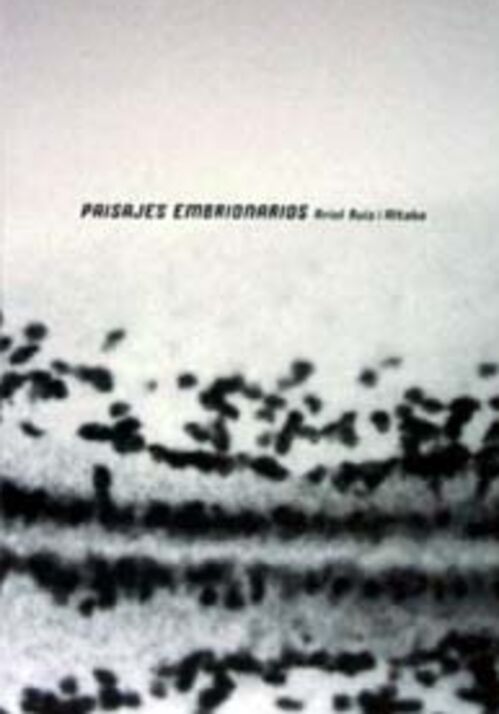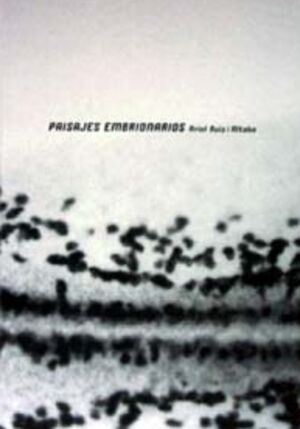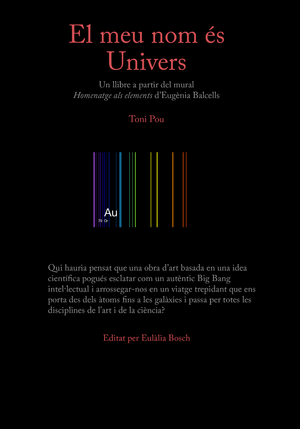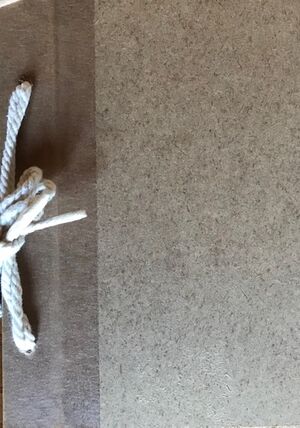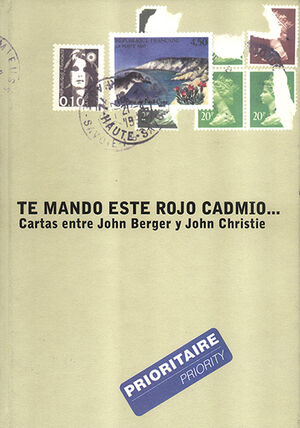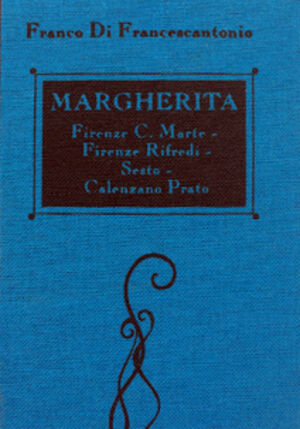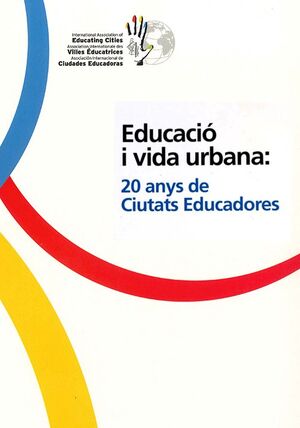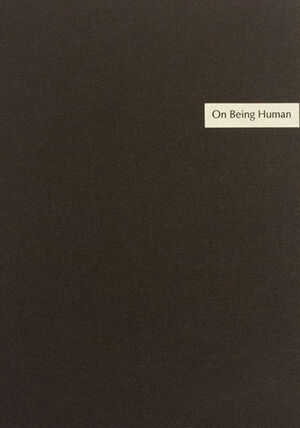Embryonic Landscapes
Ariel Ruiz Altaba
Edited by Eulàlia Bosch for Editorial ActarBarcelona, 2001
What Do We See When We Look?
How does what we know influence what we see? Would we see something we knew nothing at all? Would we see everything? A light bulb lighting up is the great metaphor for all knowledge; thus the popular belief that our ability to distinguish the outline of things depends on how they are lighted. And it is certainly so. But this is only one part of the truth. The eyes that see are not unencumbered. Each moment of contemplation interweaves images of what we have already seen with words we have learnt, or with questions we have yet to fathom. And the mystery that observation holds lies therein. Colours, shapes, objects or people, the external world, in essence, appears the same for all of us. However, we not only lack any proof of this, but we continuously gather thousands of indications to the contrary.
Perception depends on the object’s illumination as well as on how we have been taught to see. Thus, it is not possible to think that there can be two individuals so utterly alike that would share their ways of being, that is, their ways of seeing, of comprehending, and of living.
A shift in register without loosing sight of the object: this would seem to be the exercise Ariel Ruiz i Altaba allowed himself to do. He decided to look at his photographs, seen always as evidence for or against his hypotheses, as though they were devoid of objective meaning. The difficulty led him to dispense with colour. To somehow erase the most evident sources of information. Images in black and white took over his table. Uncertainty conduced him to expose them to the light of other imaginations.
And this is how I saw these images for the first time, together with our mutual friend Mary Ann Newman. Both of us responded to the images quickly, spontaneously: Rothko, Pollock, cliffs of the African desert, la mer toujours recomencée, mysterious happiness that does not come from hope Our surprise found its place in familiar language; Ariel’s surprise, in our words. A black stain, a grey trace, an impure white… The desire to know in how many ways the images could be seen, a concern to understand the many words floating around an image, a fleeting forgetfulness of the photographed object, a need to know what was hidden in each photograph
This book grew out of that impassioned conversation. A book of photographs taken by an artist. Of unique images under a plurality of visions spoken aloud, of scientists and writers, of artists and philosophers, of people from here and people from there. A silent universe, on being photographed, was opening itself to images seen and words known the words we have learnt. Our initial spontaneity was followed by the texts which today accompany the photographs. The title chosen for this ensemble, Embryonic Landscapes, suggests already a vision. The dispute between Parmenides and Heraclitus may be discerned, once again, in these images, made possible solely by modern science.
* * *
The photographs were sent to a highly heterogeneous group of observers, each of whom was invited to read them aloud. That is, to record their impressions in texts which, once brought together, would form a conversation not unlike that which would take place in an art gallery staging an exhibition of the photographic work of Ariel Ruiz i Altaba.
The juxtaposition of their ideas is notorious but the reader will not find it easy to decide between statements when these contradict one another. In this compilation of opinions, the path that brings the arts and sciences together ? which Ariel has dared to explore ? is the very path that separates them.
Perhaps the following observation by Cécile Guibert should serve as a guide for the reader: for looking is not to become a receptacle but to build an experience, to organise the visible. This is one of the ideas this book illustrates. The photographs are, undoubtedly, the result of and motive for many interwoven experiences. They are the result of planned, structured scientific work. And they provide also a motive for an intuited suspicion: Is there any other way to see them? Can I see do it? Can someone show me the way?
Yet these photographs are also the starting point for experiences by others. The texts of the participants in this book are not simple perceptive notes like those found in psychological tests. If they were, how could one explain so many reflections on the reality of images, on the relationship of objective science to its social and moral context in which it is produced, on the need to contextualise what is perceived, on the relationship between abstraction and realism, on how difficult it is to perceive the essential, on the gnoseological mess brought about by technology, on the role of surprise in a world whose remotest extremes may be delved into, on the models that these images transmit and the congnitive models that recognise them, on the time of perception and the eternity of reason, on the space that unites telescopes and microscopes, on the living being which is photographed and the inert quality of the photograph, on the anonymity of science and the intimate, personal character of the artist who uses the camera, on the state of reality and the state of communication, on the romanticism of desire and the classicism of procedure, on the one and the multiple which each image represents, on that which pleases vision, and the pleasure of knowing and recognising, on the origin of images and the mechanisms that receives them? The texts of the participants are not different versions of the same thing: they are different, simultaneous experiences.
One of the advantages of looking aloud is this: what is seen is joined by what has yet to be seen. To the attempt to recognise, a chance to widen the focus is added. Thus, eyes grow receptive to words, just as concepts allow sensations to penetrate them. Our world is a hafl-breed world, as is our own way of knowing.

